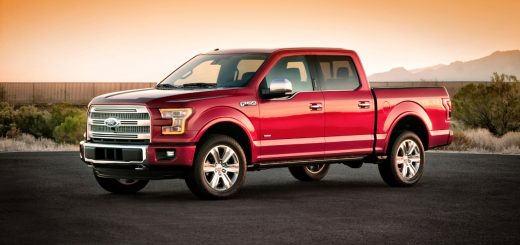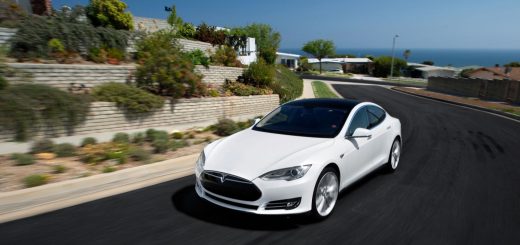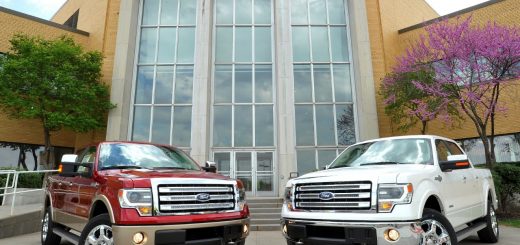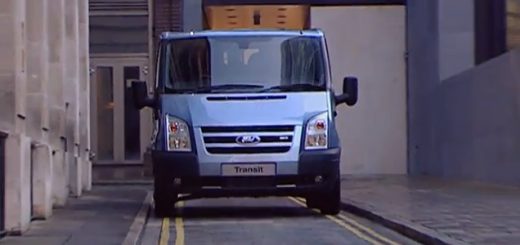Accounting for roughly 80 percent of manufacturing volume, white vans represent the overwhelming majority of Ford Transit production at The Blue Oval’s Kansas City Assembly Plant. To increase the durability and longevity of the paint on the new vans, Ford Motor Company and its suppliers have developed an industry-first paint technology that’s now in use on white Transits being made at the facility.
The painting technique in question involves the use of a new two-wet monocoat paint process that uses a primer coat that requires only a few minutes of open-air drying time before the color coat is applied. The color coat is formulated with the same appearance and protection properties of the clear coat, which eliminates the need for a separate clear coat. The painted body is fully cured in an enamel oven after the color coat is applied, with the result being more durable paint, less energy and water consumption, and a reduction in carbon dioxide and particulate emissions compared with conventional paint processes. The Kansas City plant is the first to use it in North America.
As a criteria for its introduction, the two-wet monocoat process had to meet or exceed “Built Ford Tough” standards, and was subjected to a battery of tests that simulates typical conditions the vehicle will see during 10 years. It was also tested for resistance to chipping and scratching, pollutants, and sun exposure. According to preliminary assessments, Ford’s advanced weather testing has shown that paint applied using the new two-wet technology will retain 90 percent of its gloss at four years in service, compared to 1 percent gloss retention for paint applied using a conventional monocoat process.
“Durability was a critical consideration when we initiated this project,” said Dennis Havlin, Ford global paint engineering development and launch supervisor. “The advancements in paint chemistry enable us to deliver the appearance, performance and durability our customers demand.”
Taken as a whole, the resulting process removes one paint application step and one oven drying step when compared to conventional paint processes. Ford will consider adding other colors to the two-wet monocoat procedure based on demand, since each color must be developed uniquely for the two-wet monocoat process. A conventional three-wet process, which includes primer, base coat, clear coat, remains in use for metallic-colored vehicles.














No Comments yet